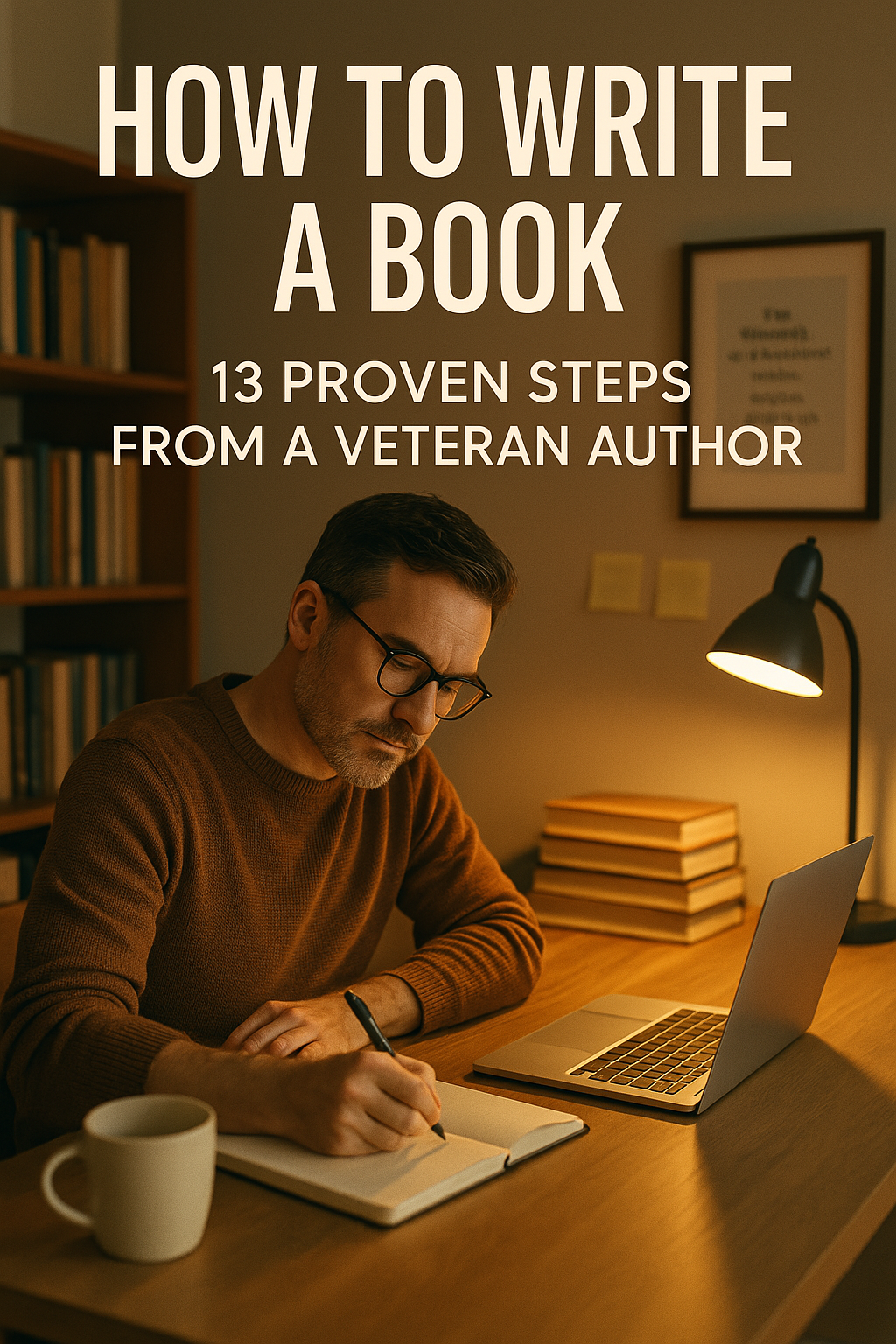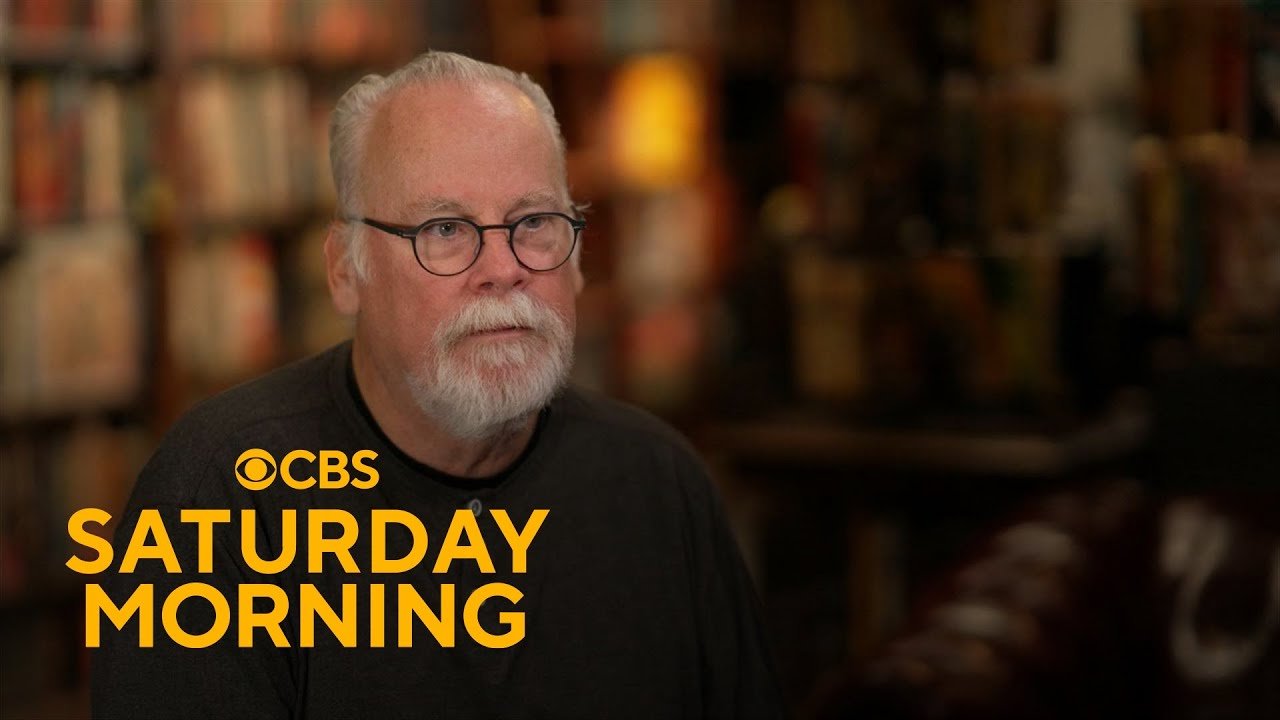Agatha Christie is the most sold author in the world. Over two billion copies of her books have been bought, and people still can't get enough. Why do her stories stay so popular, even decades after her death? What makes her mysteries impossible to put down? This guide dives into her storytelling secrets that keep readers hooked. Understanding these can help writers craft their own irresistible stories.
The Agatha Christie Formula: The Foundation of Her Success
The Typical Structure of Christie's Novels
Most of her books follow a clear pattern. Every story usually starts with a dead body and a detective. The detective could be a famous investigator or an amateur sleuth. The story then introduces a handful of suspects, each with a motive, alibi, or suspicion. As the story unfolds, Christie throws in many false clues and red herrings to mislead readers.
The plot moves through questioning suspects, searching for clues, and slowly narrowing down who could be the killer. Just when you think you’ve guessed the culprit—surprise! The detective gathers everyone for the final reveal. This moment is tense and satisfying because it feels fair and logical.
The Detective’s Role and Suspect Interactions
Christie’s detectives do more than just solve crimes. They question suspects, examine clues, and piece together the puzzle. Meanwhile, suspects have conversations and alibis that reveal their motives and secrets. These interactions keep the story lively. The detective’s investigation encourages readers to look for clues and guess whodunit.
The Big Reveal: Gathering All Suspects
Near the end of her novels, Christie gathers all remaining characters in one room. The detective then explains how each clue fits together. The murderer’s identity is finally revealed, often with a twist. This scene creates suspense and gives readers a chance to feel involved. They can try to solve the mystery along with the detective, making the story more engaging.
Key Storytelling Techniques That Make Her Novels Addictive
Foreshadowing: Hints of the Future
Foreshadowing is when the author hints at what’s coming later in the story. Christie often plants clues early on to give readers subtle hints about the ending. There are two main types:
- Direct foreshadowing: Clear hints that point to what will happen. For example, an ominous comment or a suspicious look.
- Indirect foreshadowing: More subtle clues, like dark clouds hinting at trouble. These clues often go unnoticed until the big moment.
In The Murder of Roger Ackroyd, early hints make you question who to trust. In And Then There Were None, warnings like a storm or mysterious symbols build tension. These hints keep readers curious and eager to find out what’s next.
Red Herrings: Misdirection to Keep Readers Guessing
A red herring is a false clue that distracts readers from the real answer. It’s meant to mislead or confuse. Christie loved using red herrings to make her mysteries more challenging.
For example, a character might seem guilty because they have a motive, alibi, or suspicious behavior. Or, someone who looks innocent might actually be the culprit. Sometimes the true murderer appears to have no motive or opportunity. This makes the story unpredictable.
Why do red herrings work? They create tension. Readers build theories, connect clues, and feel emotionally involved. When a false lead appears convincing, suspense grows. The story feels fair because all clues—true and false—are well placed. Christie’s skill was making the false clues logical so even the cleverest reader wouldn’t feel cheated.
Streamlining the Plot with Clear Passages
Christie often starts her books with vivid descriptions. This clears the way for a fast-moving story. Her sentences are short, direct, and packed with quick dialogue. Her style is simple, which helps readers focus on clues rather than complex language.
For example, dialogue in her novels is often just “said” or “asked,” avoiding elaborate words. This keeps conversation natural and sharp, speeding up the story. Her writing style creates a sense of urgency, making you want to read faster toward that final reveal.
Setting as a Catalyst for Suspense
Most of Christie’s stories take place in enclosed spaces—like ships, islands, or trains. These settings create a feeling of confinement and urgency. When everyone is stuck together, suspicion grows. No one can leave, and communication with outside helps is cut off.
Take Murder on the Orient Express. The train’s narrow corridors and closing snowstorm trap everyone aboard. This setting makes the danger feel real and immediate. The characters’ closeness and isolation amplify the tension, making it harder to trust anyone.
Fair Play: Equal Knowledge for Detective and Reader
Christie believed that the detective and the reader should share the same information. Nothing is hidden from the reader that the detective doesn’t know. This “fair play” rule means you can try to solve the mystery yourself.
Why is this important? Because it turns reading into a game. If you have all the clues, you can guess the killer before the reveal. This makes her stories more satisfying, as “solving” the mystery becomes a rewarding challenge.
How Agatha Christie Crafted Her Mind-Blowing Mysteries
Starting With the Core Questions
Every novel begins with basic questions: Who did it? Why? When? Where? How? These lay the groundwork for the story. They help Christie build a tight, focused plot that keeps readers guessing.
Double Plot Technique
Many of her stories have two plotlines. The main plot is the murder itself. The subplot involves a character creating chaos or fear for others—often a red herring. This dual layering keeps things interesting and adds depth.
Sometimes, the troublemaker isn’t the murderer; instead, they distract everyone from the real killer. These layered stories entertain and make readers eager for more.
Characters With Hidden Motives
Christie made suspects with secrets and motives lurking underneath. Sometimes, someone looks innocent but has a strong reason for the crime. Other times, she makes the guilty person appear harmless or unrelated. This keeps the mystery complex and engaging.
Tips for Writers Inspired by Agatha Christie
- Follow a familiar but flexible story structure that guides the reader.
- Use foreshadowing carefully—make hints clear but not obvious.
- Place red herrings logically to keep clues fair.
- Write in simple language with quick dialogue to speed up the pace.
- Use enclosed settings to heighten tension.
- Keep the reader on equal footing with the detective by revealing all clues.
Conclusion
Agatha Christie’s stories remain timeless because she mastered key storytelling techniques. Her reliable structure, clever use of foreshadowing, red herrings, tight settings, and fair play rule create mysteries that are both challenging and fair. These methods keep readers guessing and craving more.
If you want to craft stories that captivate, studying her techniques is a great start. Use her secrets wisely, and your stories will keep readers hooked just like her classics. Her success proves that a well-built puzzle, combined with clever misdirection, can stand the test of time.










